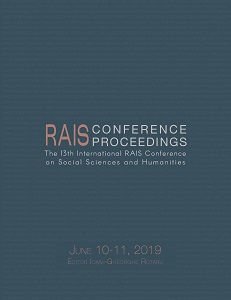Scurvy and Flu in 1900: The Truth Lost in Evidence
Scurvy and Flu in 1900: The Truth Lost in Evidence
Author(s): Tereza Kopecka
Subject(s): Health and medicine and law
Published by: Scientia Moralitas Research Institute
Keywords: history; medicine; microbiology; scurvy; flu;
Summary/Abstract: In the last third of the 19th century, the germ theory of infection had been reliably proved and widely accepted, new principles of microbiological research were laid down and many infectious diseases explained. But medicine was not ready yet to explain all the illnesses. Despite the thorough work of many scientists, substantial facts were still unknown – e.g. existence of most viruses, autoimmunity processes or micronutrients. The effort to explain all the diseases with existent knowledge gave rise to half-true concepts and mistakes. This paper deals with two interesting mistakes, found in the textbook of pathological anatomy and medical microbiology by Hlava and Obrzut, published in 1900-1901 in Austria-Hungary: the concept of scurvy as an infection caused by Bacillus scorbuti, and the causative role of the so-called „Pfeiffer’s bacillus“ - Bacillus influenzae, presently Haemophilus infuenzae, in the flu. These were not only theories but expert opinions based on the results of scientific research. Unfortunately, the methods were imperfect and performed/interpreted properly either, so they didn’t allow the scientists to realize the erroneousness of their conclusions. The real causes of the diseases mentioned above were proven much later.
Book: Proceedings of the 13th International RAIS Conference on Social Sciences and Humanities
- Page Range: 302-310
- Page Count: 9
- Publication Year: 2019
- Language: English
- Content File-PDF

